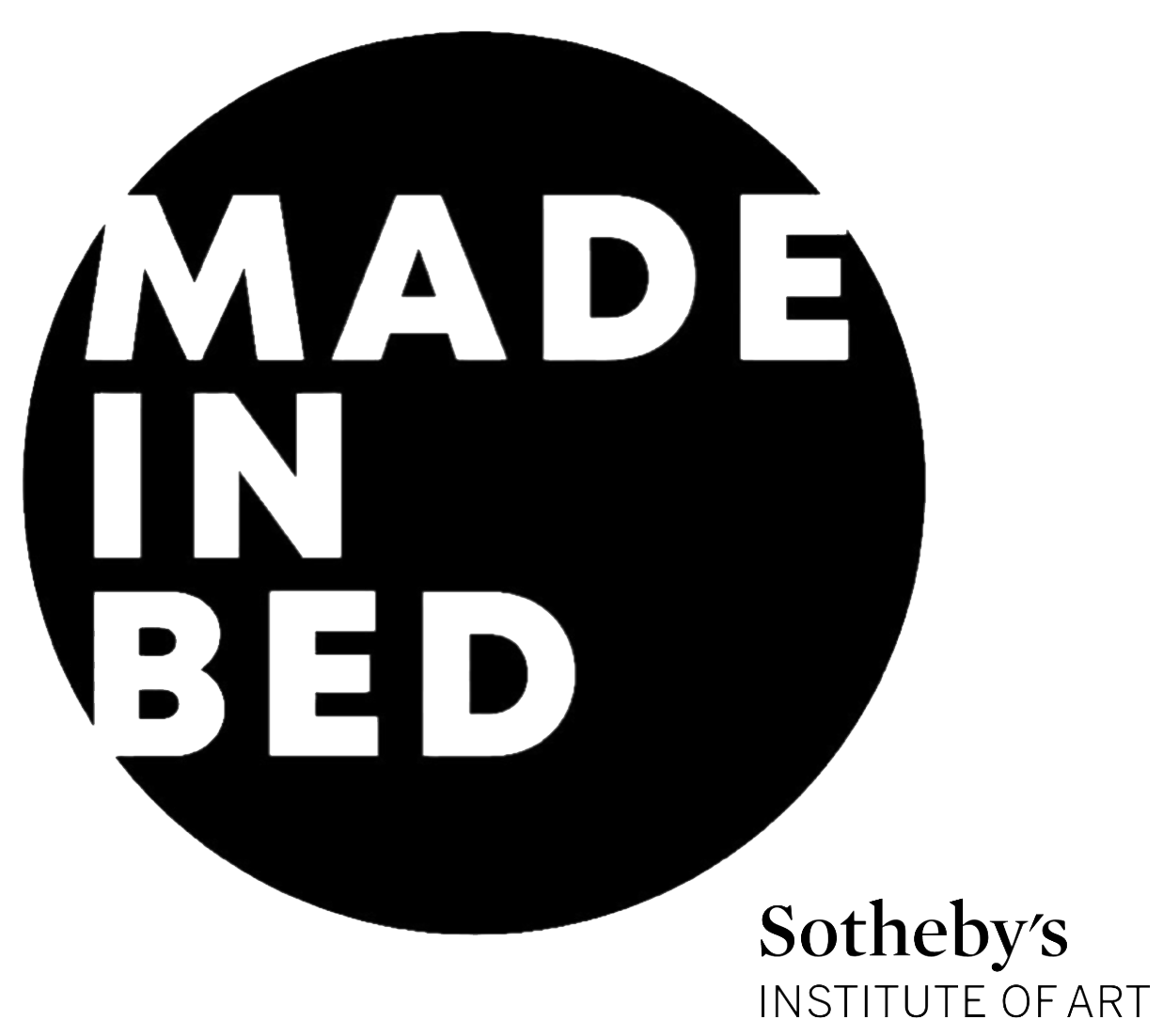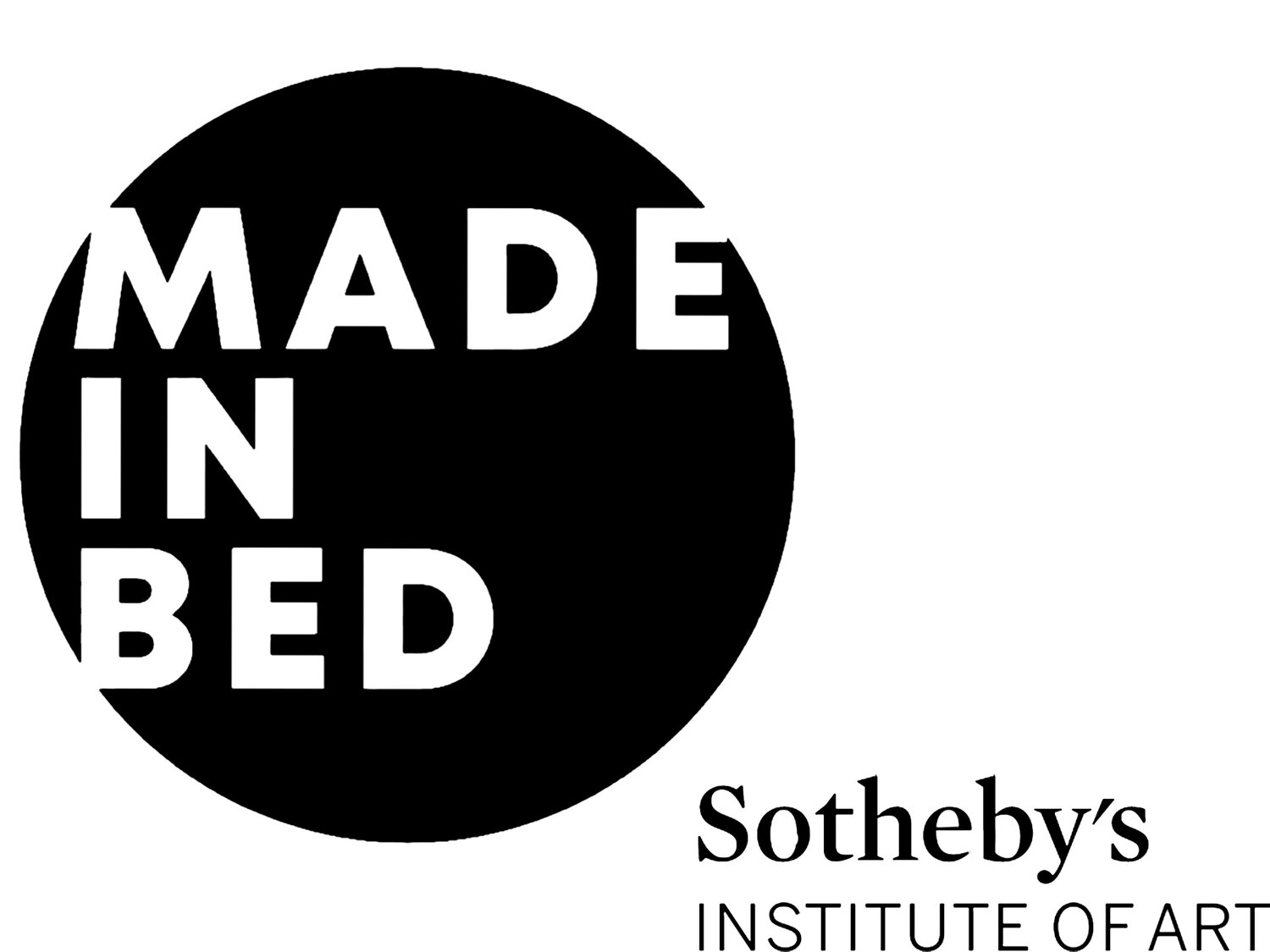The Shape of Colour @ Waddington Custot
In The Shape of Colour, Waddington Custot presents a visually arresting group exhibition that explores how colour behaves when it’s no longer confined to the picture plane. Spanning works from the 1950s to today, the show blurs the lines between painting and sculpture, surface and form, material and illusion—prompting us to reconsider what it means to see.
At its core, the exhibition asks: what happens when colour isn’t merely applied, but becomes structural? When it doesn’t just decorate form, but defines it? Works by artists like Josef Albers, David Annesley, Sheila Hicks, and Vanessa Jackson address this from a range of perspectives, but what binds these works is a shared interest in what curatorially might be called liminality: a sense of in-betweenness where colour and shape collapse into one another.
The exhibition moves confidently between illusion and substance. Annesley’s Lift Going Up, Lift Going Down (2019) is a bold starting point. Suspended in space like a drawing made solid, the painted metal structure shifts character as you move. From front-on, it reads as flat and graphic; from the side, it springs to life. This interplay of perspective, shadow and surface allows the painted colour to morph—what the artist calls “imaginary colours,” born not from pigment but perception.
David Annesley, Lift Going Up, Lift Going Down (2019). Photo courtesy: the artist and Waddington Custot.
Vanessa Jackson’s optically charged paintings are also a standout here. Flat in construction but spatial in feel, her compositions of rhythmic, geometric forms flicker between foreground and background. In person, these works resist passive viewing; they’re actively disorienting, like puzzles the eye tries and fails to solve. It’s easy to see parallels with M.C. Escher, but Jackson’s work feels more playful, more rooted in contemporary abstraction, and more theatrical. This is a choreography of colour rather than a composition.
Vanessa Jackson, Cotillon, (2024). Image courtesy: the artist and Waddington Custot.
Similarly elusive is Sean Shanahan’s work, whose bevelled MDF panels in near-monochrome hues produce subtle distortions. A soft gradient suggests volume where there is none. The effect is disarming: a painting pretending to be sculpture, or maybe vice versa. What unites Shanahan and Jackson is their commitment to ambiguity: they show us that flatness can be deceptive, and that colour, when wielded carefully, can do almost anything.
While the contemporary works provide optical intrigue, one of the quiet triumphs of the show is how it weaves together these varied modes of working—hard-edged abstraction, fibre art, colour field, minimalism—without flattening them into a single narrative. Josef Albers, a major figure in the development of colour theory, offers a lesson in visual relativity through his ‘Homage to the Square’ series. His 1959 work, Study to in White Setting, reinforces the subtle manifesto of the show—that colour is never absolute, only relational.
Another bridge between past and present comes from Paul Feeley, whose lozenge-like motifs recur across both paintings and sculpture. His early canvases edge toward dimensionality, as shapes push against the edges of the frame. That tension is resolved, literally, in ‘El 5 (1965)’, a sculptural piece that brings those motifs into three dimensions. His work speaks to the influence of critic Clement Greenberg’s theories on flatness and purity, while also subverting them, expanding the painting beyond the canvas.
Paul Feeley, Untitled (1962). Image courtesy: the artist and Waddington Custot.
Not every artist in The Shape of Colour deals in illusion. Sheila Hicks, for instance, offers a resolutely tactile response to the show’s premise. Her ‘Trésors des Nomades (2014)’ consists of tightly wrapped bundles of wool and thread, where colour is not applied but embedded. Here, hue is not optical; it is sculptural, physical, and deeply felt. Hicks's work doesn't flirt with illusion—it asserts presence, memory, and time.
Sheila Hicks, Tresors des Nomades (2014). Image courtesy: the artist and Waddington Custot.
William Turnbull’s ‘13-1960 (1960)’ offers a stark counterpoint. His use of matte, monochromatic paint over steel gives his sculpture a concentrated gravity. Rather than dancing across the surface, colour becomes mass—something weighty and almost meditative. It’s a different kind of transformation: not colour as illusion, but colour as substance.
William Turnbull, 13-1960 (1960). Image courtesy: the artist and Waddington Custot.
What makes The Shape of Colour so compelling is not just its range, but its refusal to settle. It’s an exhibition that resists tidy categories. Even the idea of “form” here is up for debate: is a woven fibre piece a sculpture? Is a bevelled MDF board a painting? Does it matter?
Waddington Custot’s curation follows up on its 2019 show Colour Is, but this iteration feels more daring. Rather than cataloguing types of colour use, The Shape of Colour invites us into instability: a space where seeing is subjective, and art is experienced not as image, but as event.
Ultimately, this is an exhibition about thresholds—not just between media, but between perception and understanding. As you move through the gallery, it’s not the artworks that shift, but you.
The Shape of Colour will be at Waddington Custot (11 Cork Street, London) until 29 May 2025.
Nicole John
Reviews Co-Editor, MADE IN BED






